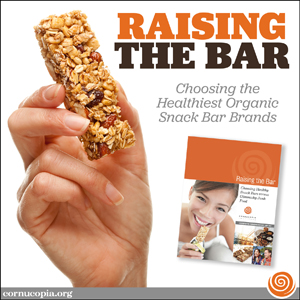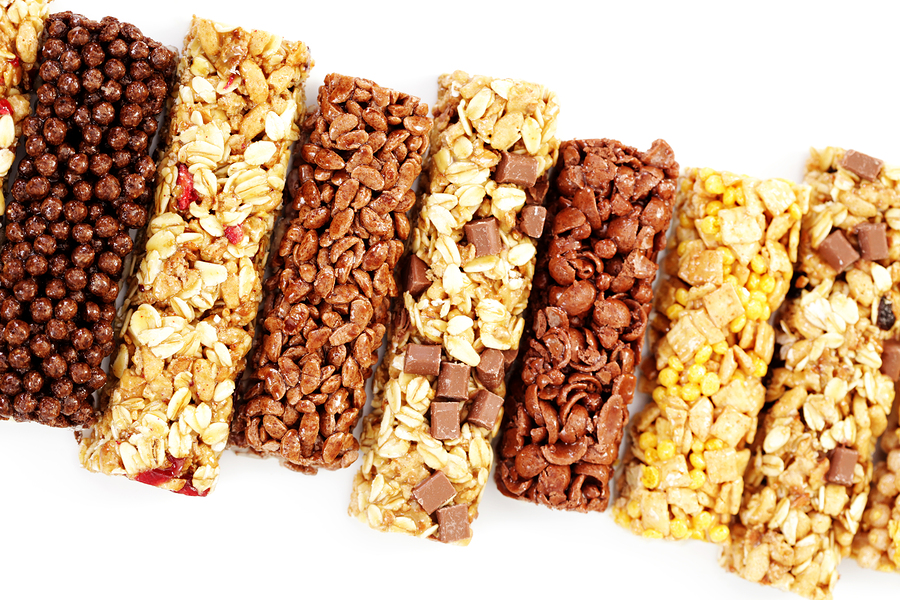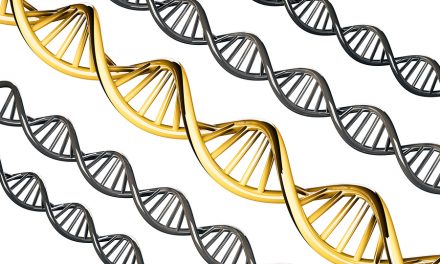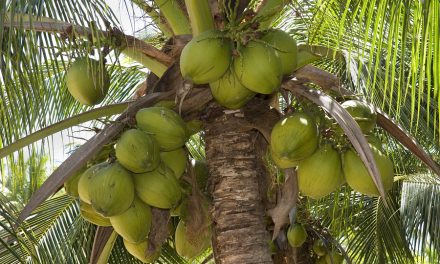 A new report exposes misleading marketing practices by food industry giants that market candy-like snack and energy bars as wholesome and nutritious. Issued by The Cornucopia Institute, a non-profit food and farm policy research group, the report further exposes leading natural/organic brands for including cheap, conventional ingredients instead of creating nutritive products that qualify for the USDA organic label.
A new report exposes misleading marketing practices by food industry giants that market candy-like snack and energy bars as wholesome and nutritious. Issued by The Cornucopia Institute, a non-profit food and farm policy research group, the report further exposes leading natural/organic brands for including cheap, conventional ingredients instead of creating nutritive products that qualify for the USDA organic label.
RELATED STORY:
The report, and an accompanying scorecard, Raising the Bar, Choosing Healthy Snack Bars versus Gimmicky Junk Food, details how snack bar quality varies widely among brands, even among the many brands that market themselves as “made with” organic ingredients (a label with lower federal standards than certified organic). The report exposes USDA National Organic Program regulations that provide industry-friendly loopholes for the use of conventional, hexane-extracted ingredients in the “made with” organic category.
“The highly profitable snack bar industry is rife with gimmicky substitutes, such as protein isolates, instead of whole food ingredients,” says the report’s lead author, Linley Dixon, PhD, chief scientist at Cornucopia.
“With the exception of certified organic bars, many products add protein isolates processed with the neurotoxin solvent hexane, a byproduct of the gasoline refinement industry,” added Dixon. “Hexane-extracted ingredients, like conventional soy protein isolate, are common in products that are labeled ‘made with’ organic ingredients. An intentional loophole in the USDA organic standards allows for the use of ingredients that are extracted using volatile solvents in ‘made with’ organic products (a process explicitly prohibited in products qualifying to display the USDA organic logo).”
RELATED STORY:
The Raising the Bar report also explains how, in many other ways, consumers get a safer and higher quality product with USDA certified organic brands over conventional, mass-market brands that contain long ingredient lists that include questionable gums and synthetic preservatives, colors, or flavors.
“There is so much competition for market share in the snack bar industry that many brands marketing themselves as ‘natural’ or ‘organic’ still cut corners for ingredient sourcing to achieve a lower price point,” stated Goldie Caughlan, former National Organic Standards Board member and nutrition educator at a Seattle-based food cooperative. “That’s why it’s important to make sure the product has the USDA Organic seal and not just the ‘made with’ organic ingredients label.”
(If after reading this you’d just rather make your own health/snack bars, check out the video below!)
Low levels of hexane have been detected in common snack bar ingredients, including protein isolates, which are extracted with the neurotoxic chemical. Protein isolates are highly modified ingredients used to inflate the protein content of snack bars, but they leave out the beneficial oils, fiber, and vitamins found in more expensive protein options such as nuts and seeds.
The highest rated bars on The Cornucopia Institute’s scorecard are USDA certified organic and use only organic fruits, nuts, and seeds without any added sugars, gums, flours, protein isolates, or preservatives. Published research has consistently illustrated that organically produced products have a lower level of agrichemical residues. There is also documentation that illustrates the nutritional superiority of organic food due to careful soil stewardship.
The scorecard “outs” some brands offering both high-rated and low-rated products, such as bestsellers Clif Bar and Lara Bar (the latter produced by General Mills). This makes it difficult for consumers to choose products based on namebrand alone because quality varies widely between products within the same prominent brands. Cornucopia’s scorecard decodes these options for consumers.
“The good news is that discriminating shoppers now have a new mobile-friendly web-based tool, released with the report, to help them weed through product labels and separate the best bars from greenwashed marketing hype,” stated Mark A. Kastel, Cornucopia’s Codirector and Senior Farm Policy Analyst. “With so many snack bar options on the shelves, we want to make it easier to purchase truly nutritious, high quality products from ethical brands.”
MORE:
The presence of the organic seal indicates that a minimum of 95% of the ingredients by weight are certified organic (all other ingredients are reviewed for safety and must not be available in organic form, such as baking powder).
In contrast, the “made with” organic ingredients label means the product has a minimum of 70% organic certified ingredients by weight, opening the door to ingredients added to either reduce the manufacturing cost of the product or to enhance protein or fiber content for marketing purposes.
Oftentimes, non-organic, hexane-extracted soy lecithin, soy protein concentrate, or soy protein isolate are used in the remaining 30% of non-organic ingredients using the “made with” label. These ingredients could contain GMO soybeans (i.e., Monsanto’s Roundup-Ready soybean varieties) that have been sprayed multiple times with the herbicide glyphosate. Conventional grains are frequently sprayed before harvest with glyphosate, serving as a desiccant to accelerate drydown. This is especially concerning since glyphosate recently has come under intense scrutiny as a possible carcinogen.
“When a company uses the ‘made with’ organic ingredients claim, it’s likely that they have chosen to use one or more relatively inexpensive organic ingredients, such as organic oats, tapioca/rice syrup, or flour,” said Cornucopia’s co-director Mark Kastel. “This enables them to legally use the word ‘organic’ on the front packaging, even though up to 30% of the contents are conventional.”
RELATED STORY:
“Clif Bar, for example, claimed that their conventional protein isolates tested negative for hexane residues, but, when asked, they did not provide test results or release specifics on the sensitivity of the testing,” stated Dr. Dixon. “A negative test doesn’t mean there are no hexane residues if the type of test conducted had a high detection level. Detection limits for hexane should be 1 ppm, for example, not 10 ppm.”
*Article originally appeared at Cornucopia.












